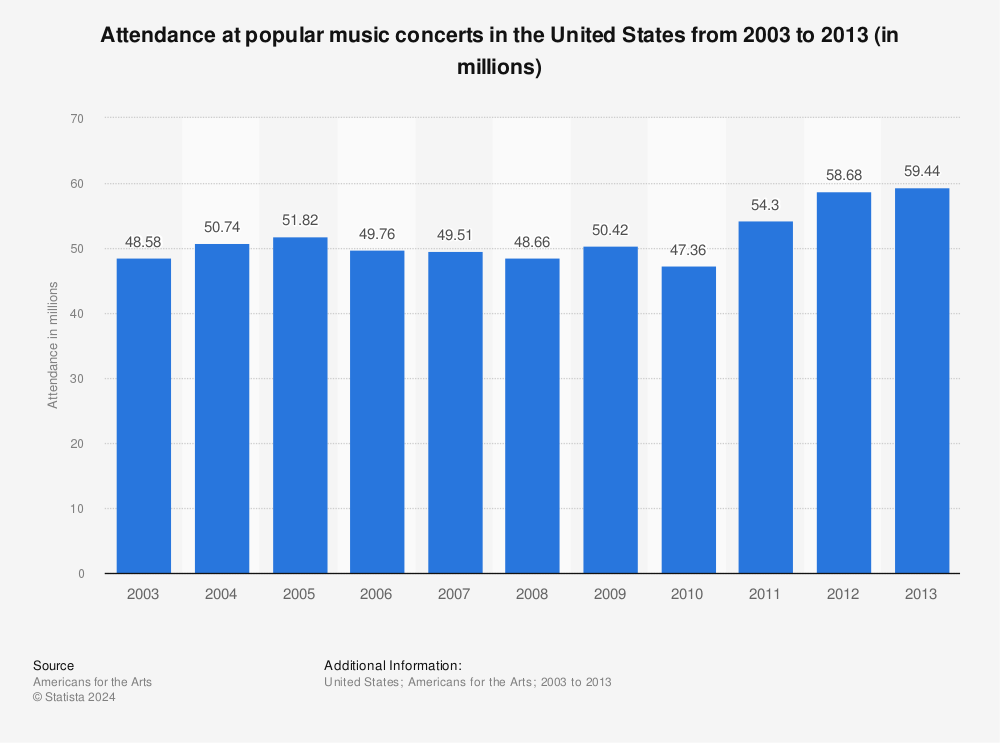Taylor Vander Wyst
Mrs. Straub
AP Economics - Insight
21 March 2016
How the Zika Virus is Affecting Spring Break Plans
People are anxiously waiting for spring break and packing their bags for a much needed vacation--however, they may want to consider unpacking their bags if they are traveling to a tropical location. Over the past couple months, the zika virus has been emerging in Mexico, Brazil, and the Caribbean. The Aedes mosquito species carries the zika virus which can cause harm to women and their babies (About). While growing in a mother who is infected with the zika virus, the baby can develop microcephaly which is a condition where the head is significantly smaller than the rest of their body. This can lead to many other birth defects as well (About). Because of this risk, it has become difficult for people to decide whether or not to go on vacation because the trade offs are so extreme.
The zika virus is transmitted when someone gets bitten by the Aedes mosquito species. According to the Centers for Disease Control and Prevention, symptoms can include fever, rash, and joint pain. Since these symptoms are so minor, many people may not even know they contracted the virus--which is why it is so dangerous for women who plan to get pregnant. If someone takes the risk and travels to a country with the zika virus, some preventative measures to take are to wear long sleeve shirts and use bug repellant often. Hotel owners and managers have also been taking precautions by spraying more often to ensure that guests are safe (Mindock). Here is a map showing the countries that have been affected with the zika virus. The purple areas are where the virus has spread. Based on its proximity to the United States, it may not be long before the zika virus invades our borders.
Spring breakers are strongly advised to take precautions from the Center for Disease Control to determine if the risk is too great to travel. But canceling the vacation can be very costly since some resorts and airlines don’t offer refunds. Fortunately, airlines such as United Airlines, American Airlines, and JetBlue are offering refunds for women with doctors excuses (Vora). However, the other family members without a doctor’s excuse still have to pay. Jack Ezon, the president of the New York travel company Ovation Vacations, says that he “has had more than 50 cancellations for trips to the Caribbean and Mexico,” (Vora). If the zika virus continues to worsen, these numbers could increase. Since there are less vacationers willing to travel, the spending multiplier will decrease, thus resulting in less money circulating throughout these countries. Less people staying at resorts and hotels may also result in workers being laid off, leaving them frictionally unemployed. Then those unemployed laborers off will be in a job search. In St. Martin, 85% of the workers are employed by tourism directly or indirectly. They depend on tourists to make a living (Mindock). For poorer islands that make up the Caribbean, cash flow is essential to their GDP. In fact, tourism in Barbados makes up 36% of their GDP (Mandock). If more and more people avoid vacation destinations in the Caribbean, their GDP would significantly decrease which would negatively affect their economy.
Unless we can stop this problem and find a cure for the zika virus, increasing numbers of tourists might cancel their spring break trips for fear of the negative health effects for mothers and babies. For those who do not cancel their trips, extreme precautions must be taken to ensure that their spring break trips are safe.
Works Cited
“About Zika Virus Disease.” Centers for Disease Control and Prevention. Centers for Disease Control and Prevention, 22 Feb. 2016. Web. 20 Mar. 2016.
Mindock, Clark. “Will the Zika Virus Hurt Tourism in the Caribbean?” International Business Times. Ibt Media Inc., 27 Jan. 2016. Web. 20 Mar. 2016.
Vora, Shivani. “How the Zika Virus is Affecting Travel.” The New York Times. The New York Times, 28 Jan. 2016. Web. 20 Mar. 2016.

